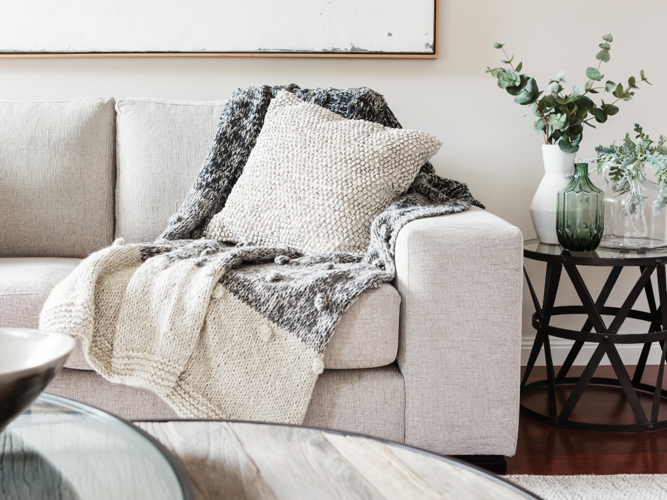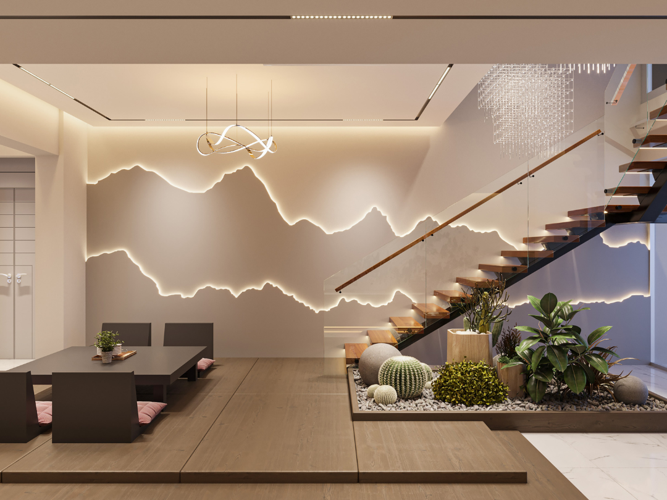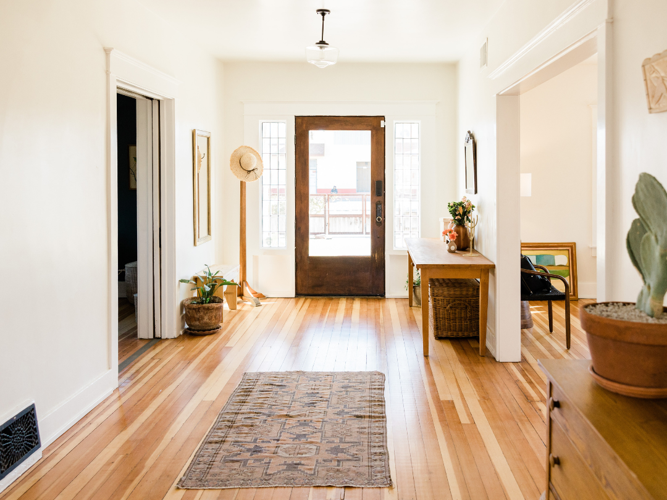
Interior design does more than just make a home look nice. It has a powerful psychological impact that can help homes sell faster and often at higher prices. When done strategically, good design invites potential buyers to imagine themselves living in the space, triggering emotional connections that can make the difference between a casual showing and a serious offer.
In this article, we’ll walk through how interior design affects buyer perception, highlight design principles that attract offers, and provide practical steps you can take to enhance your property’s appeal. Whether you’re a seller preparing your home or a hiring professional who can guide on selling, understanding the value of interior design can be a game-changer.
1. The Psychological Power of First Impressions
Most buyers form an opinion within the first few seconds of entering a home. According to a study by the National Association of Realtors (NAR), 82% of buyers say home staging made it easier to visualize the property as their future home. A well-designed space immediately creates a positive emotional reaction.
Interior design elements like a welcoming entryway, natural light, neutral colours, and organized spaces signal that a home is well cared for. These cues help buyers feel relaxed and confident, making it easier for them to connect with the home. This first impression isn’t just about beauty; it sets the tone for the entire tour.
2. Highlighting the Home's Potential
Interior design isn’t about creating a perfect show home. It’s about helping buyers see the potential of a space, especially when a house might be vacant, outdated, or oddly laid out. A local real estate agent who can guide you selling your home will often recommend using design to clearly define spaces and enhance buyer perception.
Design helps define the purpose of each room. For example:
- A spare room can become a functional home office.
- An awkward corner can transform into a reading nook.
- An open floor plan can be divided with furniture to show zones for dining and relaxing.
Buyers often struggle with spatial visualization. Thoughtful design bridges that gap, helping them envision how to live in and use each space. This is especially critical in competitive markets where small details can set one home apart from another.
3. Creating a Lifestyle Narrative Through Design
One of the most powerful aspects of interior design is its ability to tell a story. Buyers don’t just want to buy a structure; they want a lifestyle.
By carefully curating décor, furniture, and finishes, you can create an aspirational lifestyle that appeals to your target market. A young family might respond well to warm tones, playful artwork, and family-oriented spaces. A downtown condo could benefit from sleek, modern design that suggests convenience and minimalism.
Design helps shape this narrative:
Use colour psychology to evoke emotions (blues for calm, greens for freshness).
Layer textures for comfort and sophistication.
Place art and accessories that reflect the lifestyle of your ideal buyer.
Even small touches like fresh flowers or a stylish coffee table book contribute to this emotional experience.

4. Increasing Perceived Value
Buyers often don’t assess a home solely on square footage or age. Their perceived value—how much they believe a home is worth- is heavily influenced by how it looks and feels.
Interior design can:
Make smaller homes feel more spacious through layout and lighting.
Make older homes feel modern with updated finishes and staging.
Increase perceived cleanliness and care.
For example, swapping outdated light fixtures for modern ones or repainting walls in light, neutral tones can dramatically change how a buyer values the property. According to HomeAdvisor, professionally staged homes can sell for 5% to 10% more than non-staged homes.
Interior upgrades don’t need to be expensive. Simple investments in paint, lighting, and décor often yield excellent returns. These visual enhancements suggest quality and care, making buyers more confident about the home’s worth.
5. Practical Interior Design Tips for Sellers
If you’re looking to enhance your home's marketability through design, here are practical, budget-friendly ways to start:
Declutter and Depersonalize
Remove personal photos, bold artwork, and excessive decorations. Buyers need to see a neutral canvas they can personalize.
Maximize Natural Light
Open curtains, clean windows, and use light colours to make spaces feel brighter and more inviting.
Focus on High-Impact Rooms
Start with the living room, kitchen, and primary bedroom. These are the most emotionally significant rooms and typically sway buyer decisions.
Use Mirrors and Lighting Strategically
Mirrors expand the perception of space. Proper lighting enhances mood and highlights key features.
Invest in Neutral Paint and Modern Touches
Repainting in neutral tones gives a fresh, clean feel. Adding simple upgrades like new cabinet hardware or updated bathroom fixtures can offer big visual returns.
6. Should You Hire a Professional Designer or Stager?
While DIY design improvements go a long way, hiring a professional can elevate the final result. Home stagers understand market trends, buyer psychology, and how to maximize appeal for specific audiences.
A professional can:
Create a flow between rooms using design principles.
Rent furnishings to fit a space properly.
Identify design flaws or distractions you may overlook.
In some cases, real estate agents offer staging as part of their service or have partnerships with design professionals. Consider your local market, competition, and potential sale price when deciding whether to invest in professional help.

7. Design That Sells
Interior design plays a critical role in how quickly and profitably a home sells. It's not about being flashy or trendy; it’s about making the home resonate with buyers emotionally and functionally. When buyers feel connected, they act faster and with more confidence.
Sellers who embrace interior design as part of their strategy often gain a competitive edge. Even small, affordable changes can make a big impact, especially when guided by buyer preferences and real estate trends.
In short, don’t underestimate the power of design. It doesn’t just beautify a space; it invites a buyer to imagine a future there.




(0) comments
We welcome your comments
Log In
Post a comment as Guest
Keep it Clean. Please avoid obscene, vulgar, lewd, racist or sexually-oriented language.
PLEASE TURN OFF YOUR CAPS LOCK.
Don't Threaten. Threats of harming another person will not be tolerated.
Be Truthful. Don't knowingly lie about anyone or anything.
Be Nice. No racism, sexism or any sort of -ism that is degrading to another person.
Be Proactive. Use the 'Report' link on each comment to let us know of abusive posts.
Share with Us. We'd love to hear eyewitness accounts, the history behind an article.